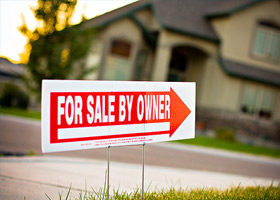


The causes of the asset bubble are hotly debated. Possible candidates include US monetary policy (low interest rates), US housing policy (attempting to make home ownership available to all), and US regulatory policy (failing to adequately regulate financial institutions). Export driven economies such as Japan, Germany and China also played a role since a fundamental rule of economics is that in order to run a trade surplus you must provide financing for your customer, in this case the US. This low cost financing stimulated consumption in the US contributing to rising asset prices. In addition to the possible causes listed above much criticism has been aimed at the alphabet soup of securitizations (RMBS â residential mortgage backed security, ABS â asset backed security, CDO â collateralized debt obligation, ABS-CDO, CDO-squared, and so on) and the role of the rating agencies in assigning AAA ratings to many of the securitizations. Read the full paper here.
